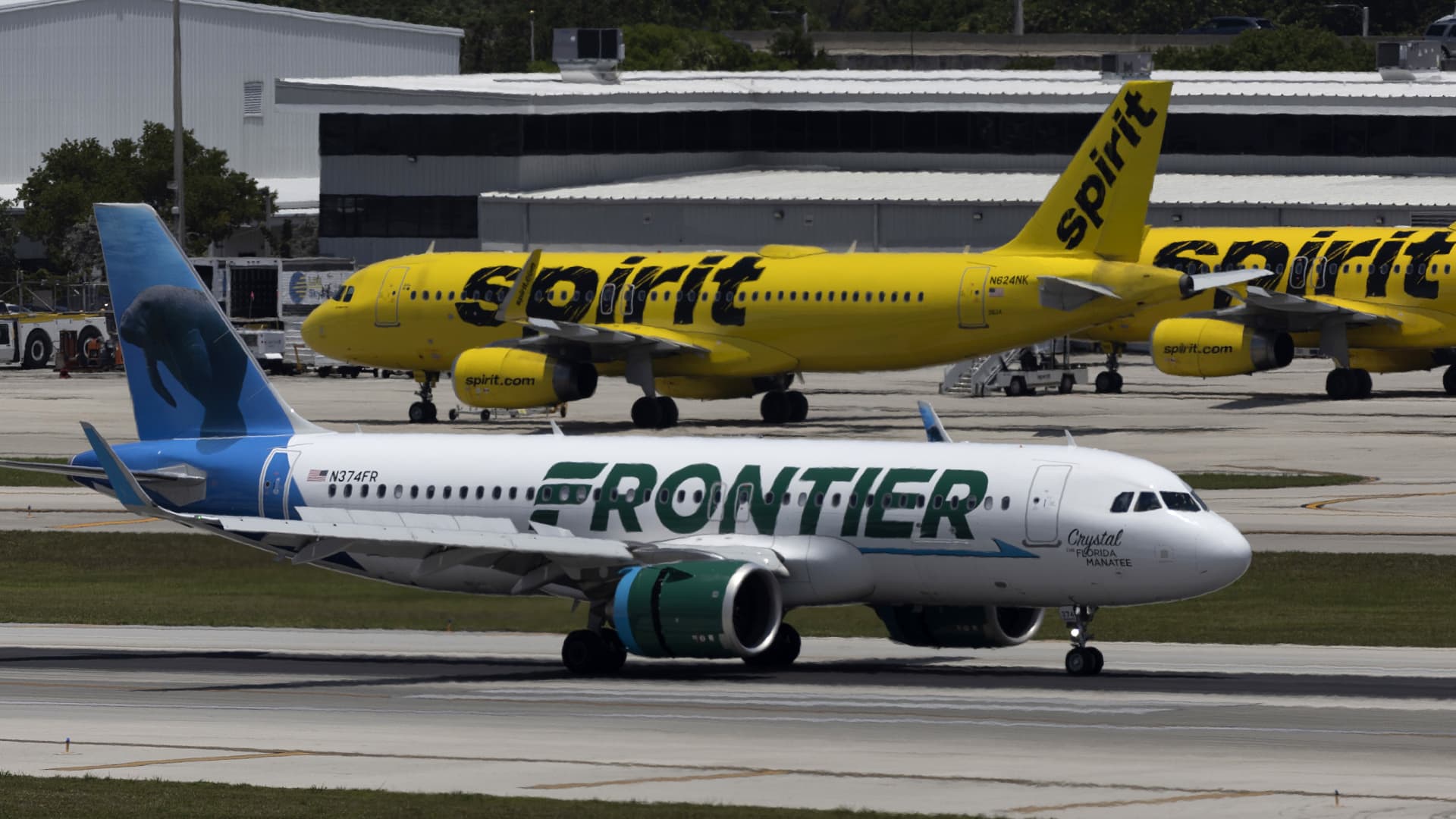CVS slashes profit outlook on higher medical costs, says top Aetna executive will leave


CVS Health on Wednesday reported second-quarter earnings that topped expectations, but slashed its full-year profit outlook, citing higher medical costs that have been squeezing the U.S. insurance industry.
The company also said Aetna President Brian Kane, the top executive at the insurance unit, will leave the company. CVS CEO Karen Lynch will take over management of the business and CFO Thomas Cowhey will also help to oversee it.
The retail drugstore chain expects 2024 adjusted earnings of $6.40 to $6.65 per share, down from a previous guidance of at least $7 per share. Analysts surveyed by LSEG were expecting full-year adjusted profit of $6.97 per share.
CVS also cut its unadjusted earnings guidance to a range of $4.95 to $5.20 per share, down from at least $5.64 per share.
It marks the third consecutive quarter that the company has lowered its 2024 profit guidance.
CVS said its new outlook reflects continued pressure on its health insurance segment, which is seeing increased medical costs and the “unfavorable impact” of the company’s Medicare Advantage star ratings. Those ratings help Medicare patients compare the quality of Medicare health and drug plans.
CVS owns health insurer Aetna. The company’s insurance division includes plans by Aetna for the Affordable Care Act, Medicare Advantage and Medicaid, as well as dental and vision.
Insurers such as UnitedHealth Group, Humana and Elevance Health have seen medical costs spike as more Medicare Advantage patients return to hospitals for procedures they delayed during the pandemic, such as joint and hip replacements.
Medicare Advantage, a privately run health insurance plan contracted by the federal Medicare program, has long been a driver of growth and profits for the insurance industry. But Wall Street has become more concerned about the runaway costs associated with those plans, which cover more than half of all Medicare beneficiaries.
Here’s what CVS reported for the second quarter compared with what Wall Street was expecting, based on a survey of analysts by LSEG:
- Earnings per share: $1.83 adjusted vs. $1.73 expected
- Revenue: $91.23 billion vs. $91.5 billion expected
The company posted net income of $1.77 billion, or $1.41 per share, for the second quarter. That compares with net income of $1.90 billion, or $1.48 per share, for the year-earlier period.
Excluding certain items, such as amortization of intangible assets and capital losses, adjusted earnings per share were $1.83 for the quarter.
CVS reported sales of $91.23 billion for the quarter, up 2.6% from the same period a year ago due to growth in its pharmacy business and insurance unit.
The company noted that sales in its health services segment, which includes its pharmacy benefit manager Caremark, declined during the second quarter. CVS cited pharmacy client price improvements and the loss of a large unnamed client.
Caremark negotiates drug discounts with manufacturers on behalf of insurance plans, along with health-care services delivered in medical clinics, through telehealth and at home.
Tyson Foods in January said it had dropped CVS Caremark and instead chose PBM startup Rightway to manage drug benefits for its 140,000 employees starting in 2024. Months earlier, Blue Shield of California, one of the largest insurers in the U.S.’s most populous state, also dropped Caremark to partner with Amazon Pharmacy and Mark Cuban’s Cost Plus Drugs company.
Those decisions represent a larger upheaval in the health-care industry, as startups and the government work to increase transparency and lower costs for U.S. patients.
Pressure on insurance unit
CVS’ insurance segment generated $32.48 billion in revenue during the quarter, a more than 21% increase from the second quarter of 2023.
Sales were in line with analysts’ estimate of $32.37 billion for the period, according to StreetAccount.
But the division reported adjusted operating income of just $938 million for the second quarter. That is below analysts’ expectation of $962 million for the period, StreetAccount said.
The insurance unit’s medical benefit ratio — a measure of total medical expenses paid relative to premiums collected — increased to 89.6% from 86.2% a year earlier. A lower ratio typically indicates that a company collected more in premiums than it paid out in benefits, resulting in higher profitability.
That ratio came in lower than the 90.1% that analysts had expected, according to StreetAccount.
CVS’s health services segment generated $42.17 billion in revenue for the quarter, down nearly 9% compared with the same quarter in 2023.
Those sales were above analysts’ estimate of $41.25 billion for the period, according to StreetAccount.
The health services division processed 471.2 million pharmacy claims during the quarter, down from 576.6 million during the year-ago period.
CVS’ pharmacy and consumer wellness division booked $29.84 billion in sales for the first quarter, up more than 3% from the same period a year earlier. That unit dispenses prescriptions in CVS’ more than 9,000 retail pharmacies and provides other pharmacy services, such as vaccinations and diagnostic testing.
Analysts had expected the division to bring in $30.22 billion in sales, according to StreetAccount.
The rise was partly driven by increased prescription volume, CVS said. Pharmacy reimbursement pressure, the launch of new generic drugs and decreased front-store volume, among other factors, weighed on the unit’s sales.
This post has been syndicated from a third-party source. View the original article here.




